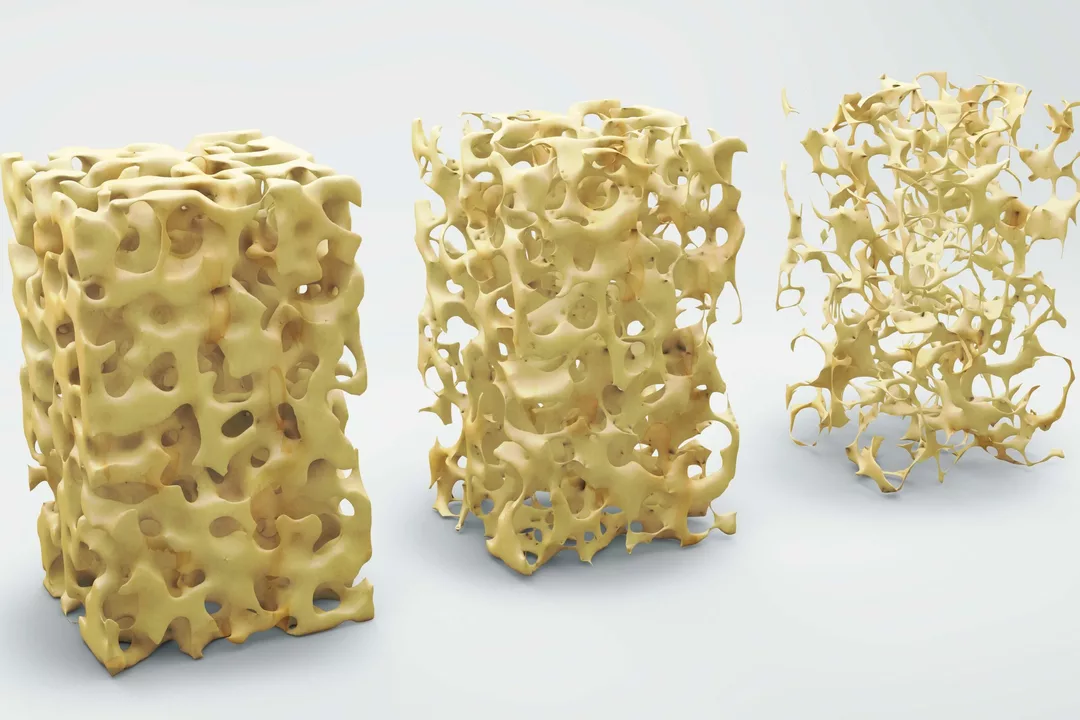Bone mineral density: what it means and how you can improve it
One in three women and one in five men over 50 will have a fracture linked to low bone mineral density. That sounds scary, but BMD is something you can measure and act on. Think of BMD as how much mineral (mainly calcium) your bones hold—higher is stronger. Below you’ll find how tests work, what results mean, and clear steps you can take to protect or rebuild your bones.
How BMD is measured
The standard test is a DXA scan (dual-energy X-ray absorptiometry). It’s quick, painless, and gives a T-score that compares your bone density to a healthy young adult. T-scores are easy to read: -1.0 and above is normal, between -1.0 and -2.5 is osteopenia (lower than normal), and -2.5 or below is osteoporosis. Doctors often use the FRAX tool with your DXA result to estimate fracture risk over 10 years—handy when deciding on treatment.
Who should get tested? Postmenopausal women, men over 70, anyone on long-term corticosteroids, people with a fracture after age 50, or those with conditions that affect bones (like rheumatoid arthritis). If you’re unsure, ask your doctor; testing every 1–3 years may be recommended depending on your results and risk factors.
Practical ways to improve bone mineral density
Move more. Weight-bearing cardio—walking, jogging, hiking—and resistance training (think squats, lunges, bands, or weights) build bone. Aim for strength sessions 2–3 times a week plus daily walking. Even balance and posture work reduce fall risk, which lowers fracture chances.
Eat smart. Aim for about 1,000 mg of calcium daily if you’re an adult under 50, and roughly 1,200 mg if you’re a woman over 50 or a man over 70. Get calcium from dairy, fortified plant milks, canned salmon with bones, and leafy greens. Vitamin D helps your body absorb calcium—many adults benefit from 800–2,000 IU daily, or get your level tested and dose accordingly.
Cut the risks. Smoking and heavy drinking harm bone health. Also, review your meds with a clinician—long-term steroids, some anti-seizure drugs, and certain cancer treatments can lower BMD. If a medication affects your bones, ask about alternatives or protective treatments.
Medication options. If lifestyle changes aren’t enough, doctors may prescribe drugs like bisphosphonates, denosumab, or anabolic agents such as teriparatide. Each has pros and cons; treatment choice depends on your fracture risk, test results, and other health factors. Always discuss side effects and duration before you start.
Want a simple plan? Get a DXA if you’re in a risk group, add two strength workouts weekly, boost calcium and vitamin D intake, stop smoking, and limit alcohol. Re-check BMD as your doctor recommends and adjust the plan based on results. Stronger bones don’t happen overnight, but steady action pays off.

The Connection Between Residronate and Bone Mineral Density
In my recent research, I discovered a significant connection between Residronate and Bone Mineral Density (BMD). As a medication primarily used to treat osteoporosis, Residronate has proven to be effective in increasing BMD and reducing the risk of fractures. It works by slowing down the process of bone loss, allowing the body to maintain and even improve bone strength. However, it's important to follow the prescribed dosage and consult with a healthcare professional to avoid potential side effects. Overall, Residronate plays a crucial role in managing and improving bone health in individuals with low BMD.
